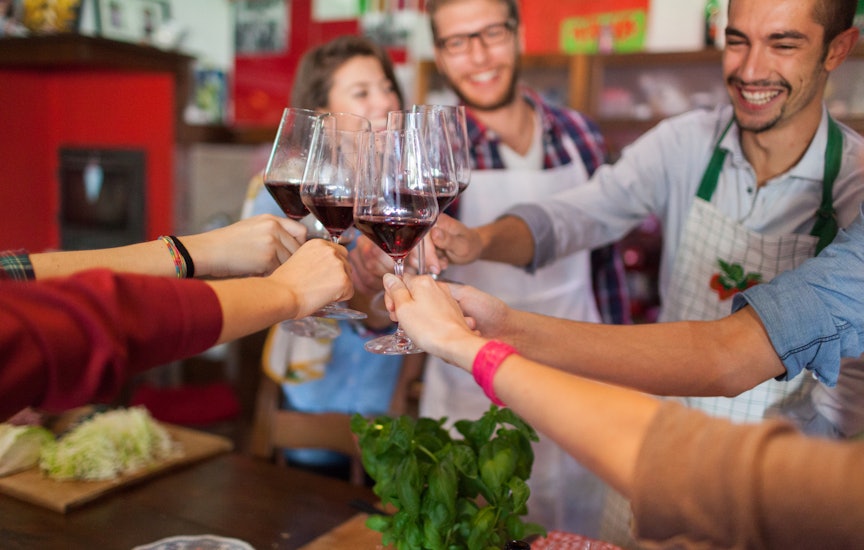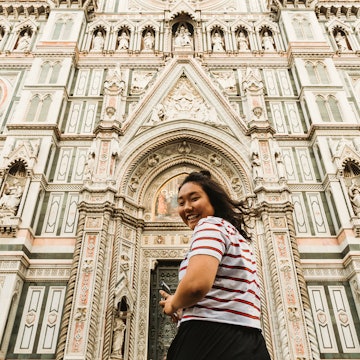
Overview
With its lyrical landscapes, world-class art and a superb cucina contadina (farmer's kitchen), the Tuscan experience is perfectly in symbiosis with the land.
Meet your new travel partner
Stay connected in Tuscany
Unlimited data while you travel with Holafly eSIM. Use code LONELYPLANET for an exclusive discount.
Must-see attractions
Planning Tools
Expert guidance to help you plan your trip
Best Things to Do
Taste wine, see world-class art, and follow in the footsteps of pilgrims with these top experiences in Tuscany.
Read full article
Best Time to Visit
Tuscany is the Italy many people dream about, but when is the best time to come? Find out with our guide to the best times for a Tuscan escape.
Read full article
Things to Know
Plan your trip to Tuscany with these top tips from a local writer.
Read full article
Get a book. Get inspired. Get exploring.
in partnership with getyourguide

























